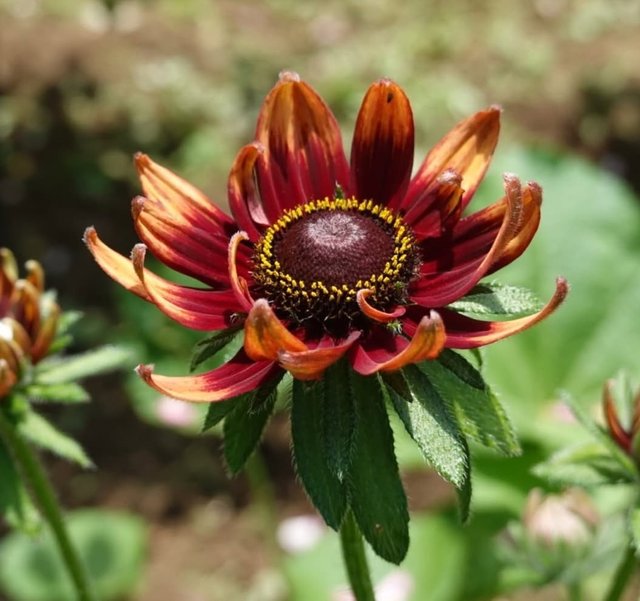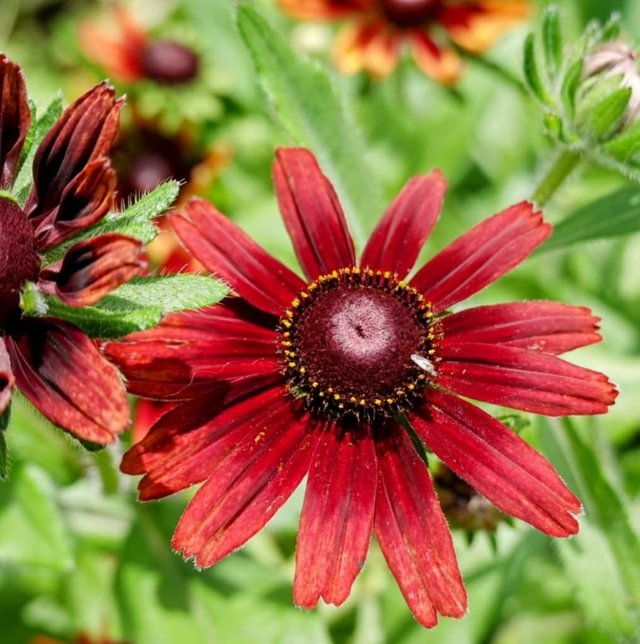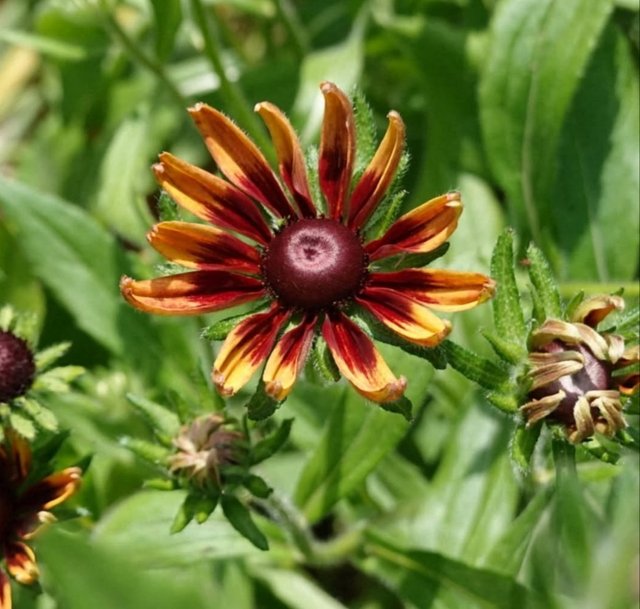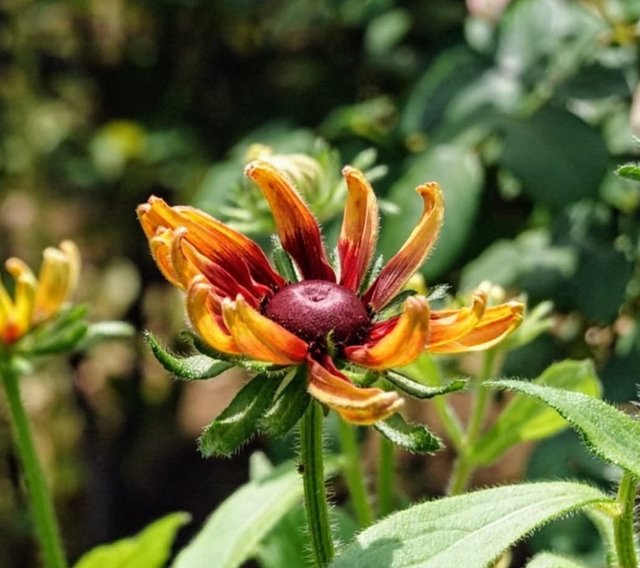Black-Eyed Susan Flower So Amazing
Black-eyed Susan: A Bright Symbol of Beauty and Resilience
The Black-eyed Susan is a radiant and iconic wildflower known for its golden-yellow petals and distinctive dark brown or black central cone. Beloved across North America and increasingly popular in gardens around the world, this cheerful bloom not only adds vibrant color to landscapes but also carries rich symbolism and ecological importance. From open meadows to manicured flower beds, the Black-eyed Susan stands out as a hardy, low-maintenance, and pollinator-friendly plant with a story rooted in both natural and cultural history.
Botanical Profile
Scientific Name: Rudbeckia hirta
Common Names: Black-eyed Susan, Brown Betty, Gloriosa Daisy, Yellow Daisy
Family: Asteraceae
Native Range: Eastern and Central North America
Life Cycle: Biennial or short-lived perennial; often grown as an annual
Height: 1 to 3 feet
Bloom Season: Summer to early fall Black-eyed Susans typically feature a solitary flower head per stem, composed of 8–20 bright yellow ray florets surrounding a raised, dome-shaped disc of dark purplish-brown florets. The contrast between the golden petals and the dark center gives the flower its distinctive "black eye."
Growing Conditions and Care
One of the greatest appeals of the Black-eyed Susan is its adaptability. These flowers are exceptionally easy to grow, thriving in a wide range of soil types and requiring minimal care once established.
Light: Full sun
Soil: Well-drained soils are ideal, but Black-eyed Susans tolerate clay, sandy, or loamy soils.
Water: Moderate drought tolerance; water during prolonged dry periods.
Maintenance: Deadheading spent blooms can encourage continued flowering. Cut back in fall to tidy the garden and reduce self-seeding.
Black-eyed Susans are also deer-resistant and relatively pest-free, making them a smart choice for wildlife-friendly and low-maintenance gardens.
Ecological Importance
This native wildflower plays a crucial role in supporting biodiversity:Pollinators: Bees, butterflies, and other beneficial insects are drawn to its nectar and pollen.
Birds: In late summer and fall, birds like goldfinches feast on the seed heads.
Habitat: The dense foliage can shelter small creatures and beneficial insects.
Planting Black-eyed Susans contributes to sustainable gardening by enhancing pollinator habitats, especially in areas where native wildflowers have been displaced.




%20(9).jpeg)